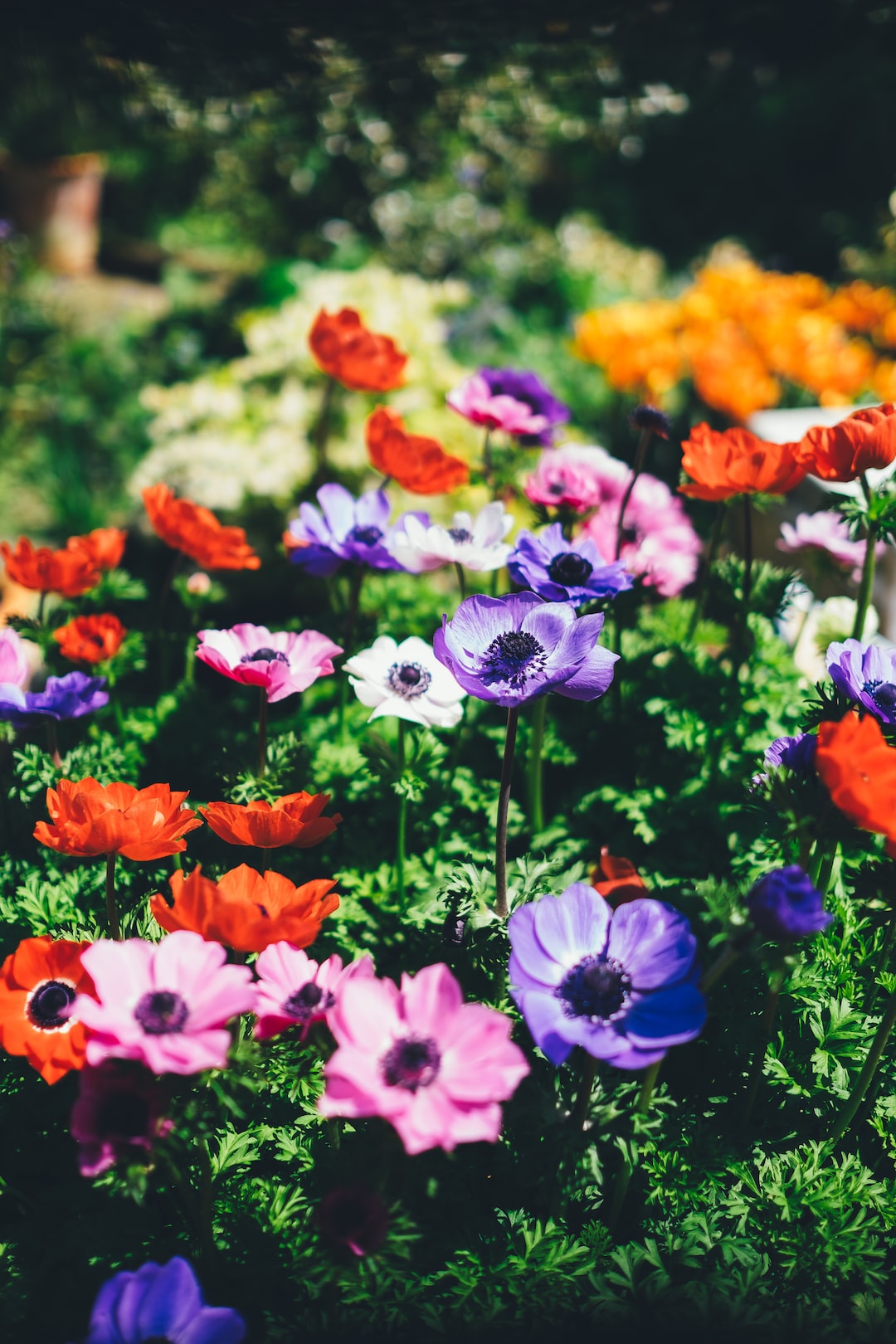Creating a Drought-Tolerant Garden
As climate change continues to impact our planet, droughts have become a common occurrence in many areas. With water scarcity becoming a pressing issue, it is crucial for gardeners to adapt to these changing conditions in order to conserve water and create sustainable landscapes. Creating a drought-tolerant garden is not only environmentally friendly but can also save you time, money, and effort in the long run. In this blog post, we will explore various strategies and tips to help you create a beautiful and resilient garden that thrives even in the harshest drought conditions.
Choose Native and Adapted Plants:
One of the keys to success in creating a drought-tolerant garden is selecting the right plants. Native plants are naturally adapted to the local climate and soil conditions, making them ideal for conserving water. These plants have evolved over time to survive in the existing arid conditions and are thus better equipped to handle prolonged dry spells. They also provide habitat for local wildlife and support the overall ecosystem.
When choosing plants, consider their water needs and opt for those that are low-maintenance and drought-tolerant. Succulents, cacti, and ornamental grasses are excellent choices that require minimal watering once established. Additionally, Mediterranean plants such as lavender, rosemary, and sage are well-suited for dry climates and offer added benefits like beautiful flowers and fragrant aromas.
Soil Preparation and Mulching:
Healthy soil is vital for ensuring that plants can efficiently absorb and retain water. Before planting, make sure to improve your soil’s structure by incorporating organic matter like compost, which improves the soil’s ability to retain moisture. Amending your soil will not only promote root growth and overall plant health but also help prevent excessive water runoff and soil erosion.
Applying mulch around your plants is another excellent strategy to conserve water in your garden. Mulching helps to reduce evaporation, suppress weed growth, and maintain moisture levels in the soil. Organic mulches like wood chips, straw, or shredded leaves are preferable as they break down over time, adding nutrients to the soil.
Watering Techniques:
Efficient watering techniques play a significant role in conserving water and maintaining a drought-tolerant garden. Instead of traditional overhead sprinklers, consider using drip irrigation or soaker hoses. These methods deliver water directly to the plant’s roots, reducing evaporation and ensuring effective water distribution.
Another essential aspect of watering is timing. Water your garden early in the morning or late in the evening when temperatures are cooler, reducing evaporation rates. Avoid watering during the hottest part of the day, as this often leads to water loss through evaporation. Additionally, invest in a rain barrel or rainwater harvesting system to collect and utilize free rainwater, reducing dependency on freshwater sources.
Efficient Watering Zones:
Implementing efficient watering zones or grouping plants with similar water requirements together is an effective way to conserve water. By separating plants based on their water needs, you can avoid overwatering drought-tolerant plants while ensuring that water-demanding ones receive adequate hydration. This technique also saves you from wasting water on areas that do not require regular irrigation.
Regular Maintenance and Pest Control:
Regular maintenance of your drought-tolerant garden is essential for its long-term success. Remove weeds regularly, as they compete with your plants for water and nutrients. Pruning your plants regularly not only promotes healthy growth but also removes any diseased or damaged parts, preventing potential water loss through these areas.
Furthermore, implementing natural pest control methods will help maintain a healthy ecosystem within your garden. Chemical pesticides can disrupt the balance and harm beneficial insects that play a vital role in controlling pests. Attract beneficial insects like ladybugs and lacewings by planting nectar-rich flowers and provide habitat for birds and lizards, as they help control pests naturally.
Conclusion:
Creating a drought-tolerant garden is an important step towards sustainable gardening practices. By choosing native and adapted plants, improving your soil’s structure, implementing efficient watering techniques, grouping plants based on water requirements, and practicing regular maintenance and pest control, you can create a beautiful and resilient garden that thrives even in drought conditions. Not only will you be conserving water and reducing your environmental impact, but you will also enjoy a low-maintenance and cost-effective garden that brings beauty and tranquility to your outdoor space. Embrace the challenge of creating a drought-tolerant garden and do your part in conserving water for a better and greener future.
